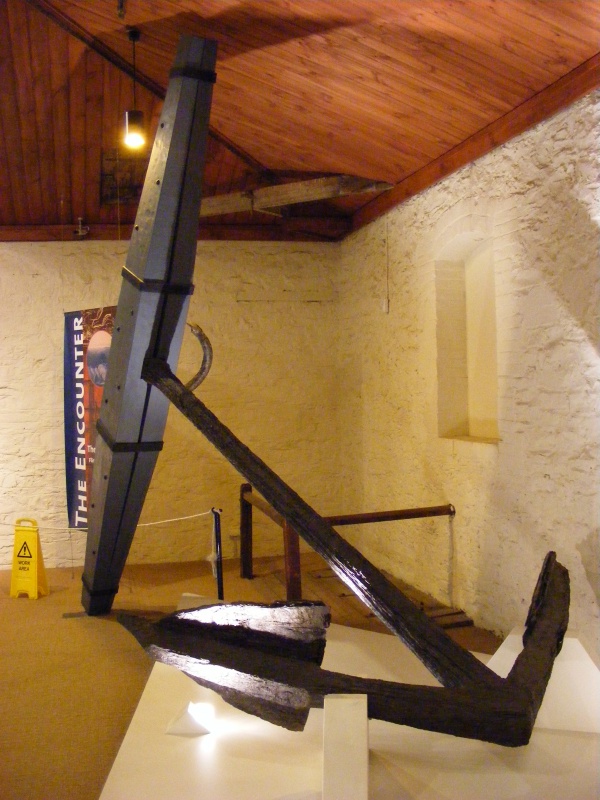Facts About HMS Investigator Anchors
In 1803, HMS Investigator, under the command of Matthew Flinders, had to jettison two anchors to avoid running aground on Middle Island in the Recherche Archipelago. These anchors, which later came to be known as Flinders' Anchors, remained lost at sea until 1973, when the Underwater Explorers Club of South Australia discovered and recovered them. This find ignited a dispute over ownership among various government entities, but in the end, the Australian Government claimed the anchors and gifted one to South Australia.
When HMS Investigator set sail in 1801, it was outfitted with multiple anchors for different purposes. By 1803, the vessel was traveling from Kupang to Port Jackson, with a stopover at the Recherche Archipelago. It was during this stop that the anchors were lost during a precarious situation.
The retrieval of these historic anchors was a significant achievement. It required a four-year study and an expedition led by Doug Seton, with support from sponsors and fellow enthusiasts, to locate and recover them.
Following their recovery, a legal conflict arose regarding the ownership of the anchors. The Australian Government eventually prevailed and decided to present one anchor to South Australia. The anchors were then meticulously conserved and displayed in museums, serving as a testament to Matthew Flinders' exploration of Australia.
Their recovery also led to the formation of the Society for Underwater Historical Research, which continues to advocate for maritime archaeology.
Flinders' Anchors are more than mere artifacts; they symbolize a significant voyage that confirmed Australia's island status and marked a pivotal moment in maritime history. Today, they continue to inspire and educate the public, highlighting the lasting legacy of exploration and discovery.
